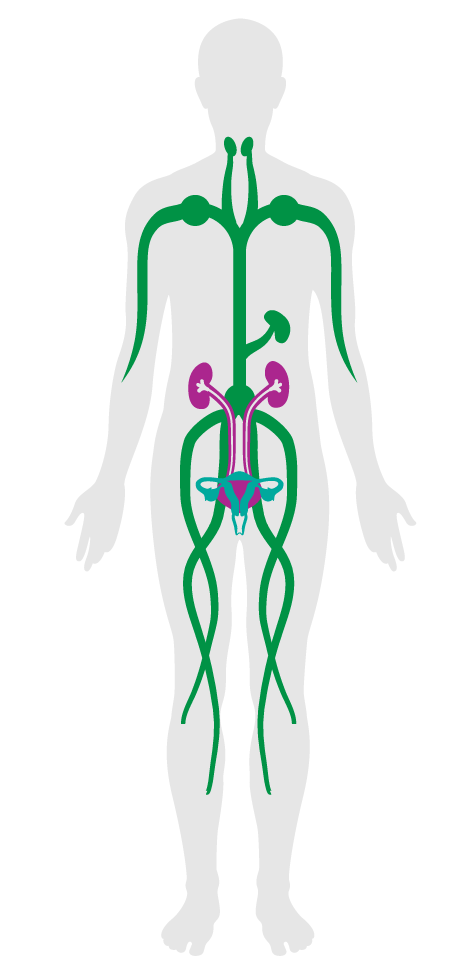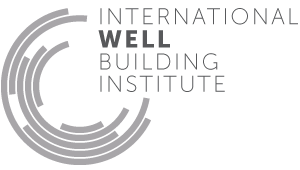Cleaning protocol
- 01 Air quality standards
- 02 Smoking ban
- 03 Ventilation effectiveness
- 04 VOC reduction
- 05 Air filtration
- 06 Microbe and mold control
- 07 Construction pollution management
- 08 Healthy entrance
- 09 Cleaning protocol
- 10 Pesticide management
- 11 Fundamental material safety
- 12 Moisture management
- 13 Air flush
- 14 Air infiltration management
- 15 Increased ventilation
- 16 Humidity control
- 17 Direct source ventilation
- 18 Air quality monitoring and feedback
- 19 Operable windows
- 20 Outdoor air systems
- 21 Displacement ventilation
- 22 Pest control
- 23 Advanced air purification
- 24 Combustion minimization
- 25 Toxic material reduction
- 26 Enhanced material safety
- 27 Antimicrobial activity for surfaces
- 28 Cleanable environment
- 29 Cleaning equipment
- P9 Advanced cleaning
09. Cleaning protocol
Regular cleaning is an important practice as it helps to remove potentially harmful debris and maintain a healthy indoor environment. However, numerous chemicals and improper cleaning techniques can undermine indoor air quality. Harmful ingredients in cleaning products can lead to eye, nose, throat and skin irritation, and emit VOCs into the indoor environment, which may lead to other health effects including sick building syndrome (SBS). An adequate cleaning regimen using non-toxic, hypoallergenic cleaners helps to reduce bioloads, pests, environmental allergens and unpleasant odors without introducing chemicals that might adversely impact indoor air quality.
This feature incorporates the development of a written protocol, in accordance with Table A4 in Appendix C, including the frequency, supplies, equipment, procedures and training to improve cleaning regimens.
To achieve sufficient and regular removal of debris and pathogenic microorganisms, a cleaning plan is created and presented during staff trainings that includes the following elements:

Applicability Matrix
| Core & Shell | New & Existing Buildings | New & Existing Interiors | |
|---|---|---|---|
| Part 1: Cleaning Plan for Occupied Spaces | - | P | P |
| Commercial Kitchen | Education | Multifamily Residential | Restaurant | Retail | |
|---|---|---|---|---|---|
| Part 1: Cleaning Plan for Occupied Spaces | P | P | P | P | P |
Verification Methods Matrix
| Letters of Assurance | Annotated Documents | On-Site Checks | |
|---|---|---|---|
| Part 1: Cleaning Plan for Occupied Spaces | Operations Schedule |
| 10.1.a |
The San Francisco Department of the Environment’s Integrated Pest Management recommends that pesticide products be used as a last result, only after other non-chemical management options have been exhausted. |
| 10.1.b |
The San Francisco Department of the Environment’s Integrated Pest Management Ordinance assigns hazard tiers to pesticide products from lowest to highest concern. |
